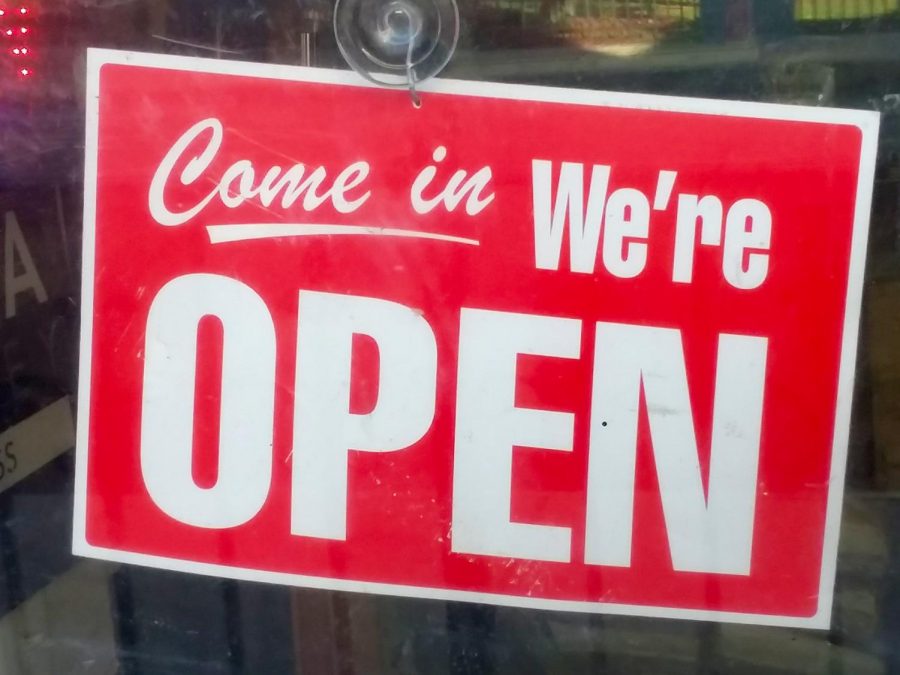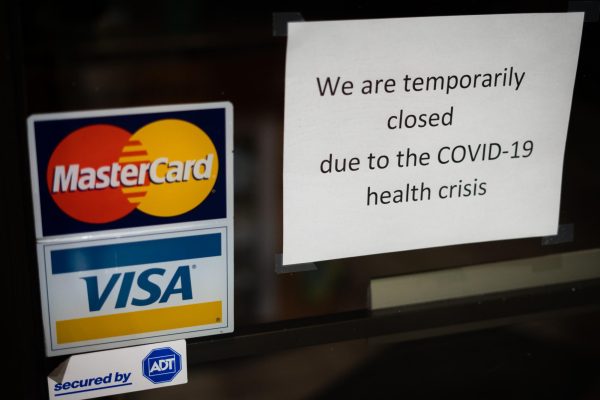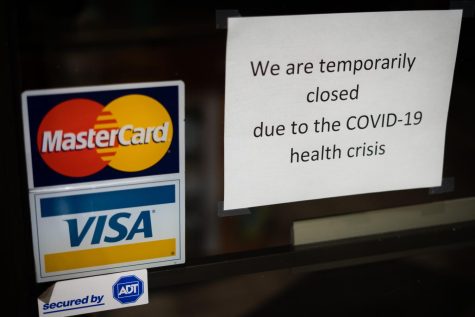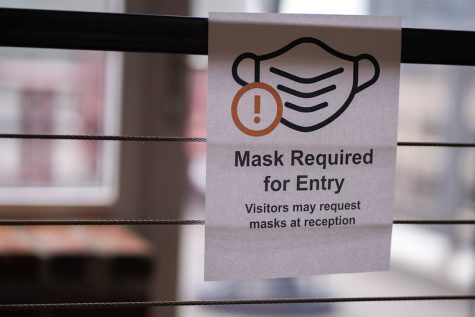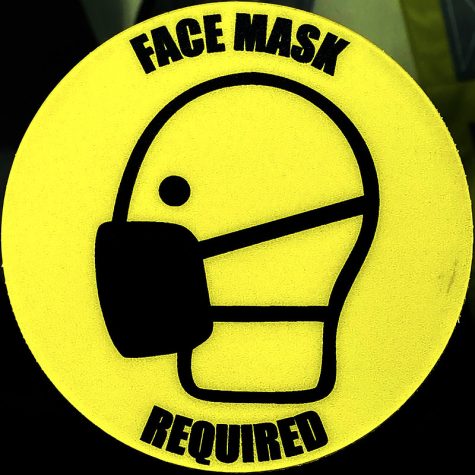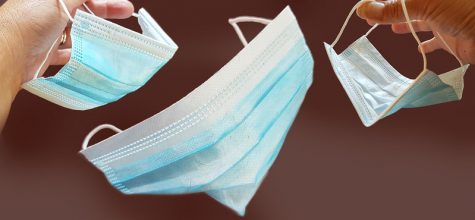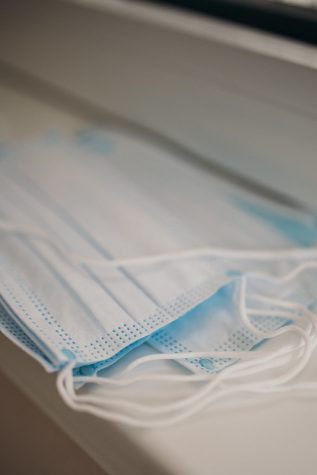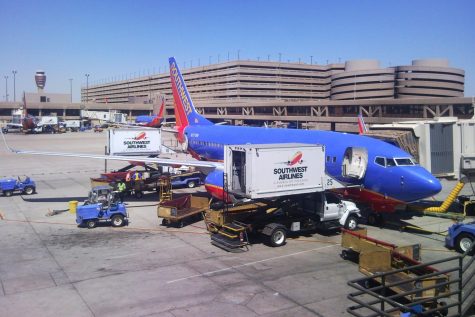More states begin to reopen as stay-at-home orders expire, lack of testing, treatment a concern for many
Businesses in some states are starting to reopen, but concerns over feasibility persist.
April 28, 2020
Some states are starting to reopen as executive orders requiring residents to stay at home to help curb the spread of COVID-19 begin to expire. Most are southern states or states which have a comparatively low population density and all are leaving some restrictions in place for the time being.
In the same patchwork manner that state leadership invoked stay-at-home orders late last month and earlier this month, those orders are starting to expire and some states are beginning to take steps to reopen their economies. All of the newly reopened states have left some restrictions in place, or developed stop-gap measures aimed at trying to keep the virus from picking back up where it left off a month ago. The steps which these states are taking as part of their reopening may serve as a potential preview to what Arizona and other states might expect as restrictions are lifted in their states.
The Anchorage Daily News reports that restaurants in Alaska have been allowed to reopen to no more than 25% of their capacity and with the stipulation that dine-in patrons must make a reservation and dine as a “household” (no guests). Restaurants will also be required to keep patron’s names and contact number for 30 days in an attempt to help trace future contact. Social distancing is still in effect and officials are asking that public gatherings be kept to 20 people or less. Retail stores are also limited to 20 customers or 25% of the store capacity. Other businesses which provide personal care services like salons and barber shops can reopen, but reservations will be required and patrons will reportedly be screened by phone about possible exposure risks.
Colorado Gov. Jared Polis is phasing in a “safer-at-home” directive after his stay-at-home order expired on Sunday. The Colorado Sun reports that during this phase of the state’s reopening, which will tentatively last until May 27, residents can recreate within 10 miles of their homes and curbside retail began on Monday. In early May, in-store retail can reopen with restrictions and offices can allow half of their workers back.
Mississippi is also implementing a “safer-at-home” plan that urges vulnerable groups to continue to stay at home while allowing retail stores to reopen at 50% of their capacity on Monday. Gyms, tattoo parlors and personal care businesses are to remain closed, according to the Clarion Ledger.
Montana allowed churches to reopen on Sunday, with the stipulation that members of different households should adhere to social distancing practices. Gov. Steve Bullock issued a press release that stated retail stores can open on Monday and schools can begin in-classroom teaching at the discretion of their respective school boards on May 7.
Oklahoma, who never had an official, statewide, stay-at-home order, is calling their plan “open up and recover safely”. In a press release dated April 24, Gov. Kevin Stitts gave the details of the three-part plan. Phase one began on Friday and allowed personal care businesses and retail to reopen with social distancing guidelines. The second part of the phase begins on May 1 and includes restaurants, movie theaters, gyms and churches.
The reopening of public places is a relief for some, but many experts are concerned that a lack of testing (perhaps only 1.2% of the U.S. population has been tested) and an unexpectedly high occurrence of asymptomatic cases increase the possibility of accidental exposure. The lack of any sort of treatment or vaccination for COVID-19 is also represents a significant drawback towards reopening despite any financial upside.
More states, including Arizona, are scheduled to reopen in the next few days.



